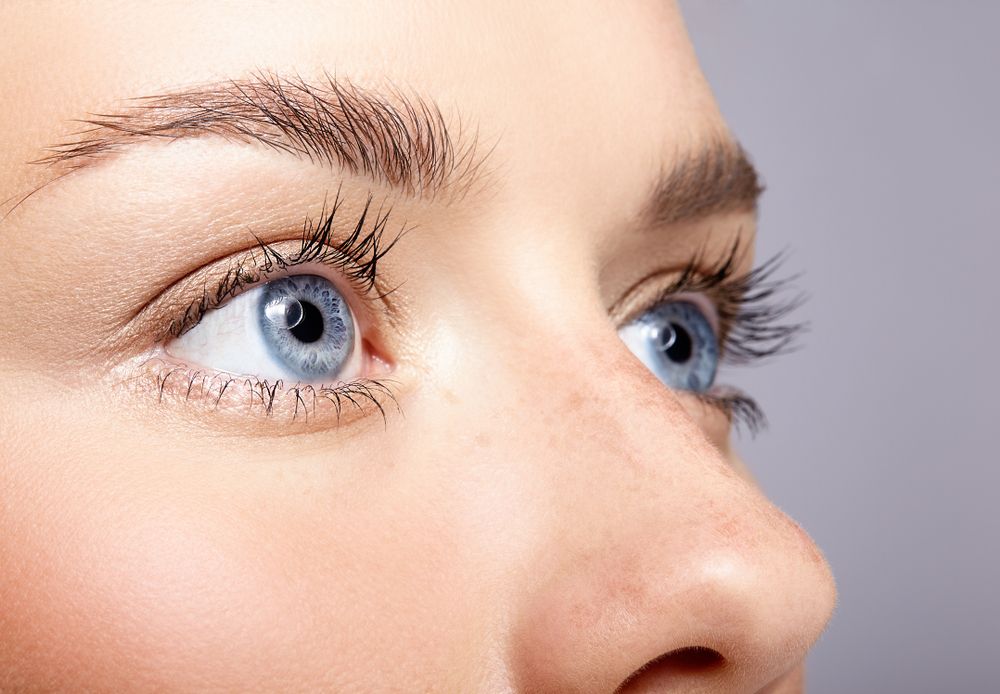Posted by: Manhattan LASIK Center

If you are considering laser vision correction, you may be torn trying to decide which type of procedure is right for you. Many people are surprised to learn that there are various different techniques and, since every patient is different, what is the best for one patient might not be right for another. Two of the most popular laser vision correction options are LASIK and LASEK, and as you might expect from their names, the two are often confused with one another despite being slightly different.
LASIK and LASEK both use an excimer laser, however, the main difference between them is in the technique used to correct the refractive error. LASIK requires the creation of a thin flap in the outer corneal tissue, called the epithelium. After the flap is lifted, the laser is applied to reshape the eyes. Once this is complete, the entire section is gently placed back and left to heal.
LASEK on the other hand does not involve a flap creation, and instead removes and replaces the outer layer of the cornea. This layer takes a few days to regenerate, which corrects the refractive error. Many people who are found to be unsuitable for LASIK opt for LASEK instead. LASEK is especially suitable for people with thin corneas who do not have enough corneal tissue to create a corneal flap.
To help you understand the differences between LASIK and LASEK, here are some of the key benefits of each technique.
Benefits of LASIK
Here are some of the top benefits associated with LASIK.
LASIK Offers Patients a Fast Recovery
Naturally, people want to get back to normal as quickly as possible following their laser vision correction procedure. LASIK is well known as the technique that offers the fastest healing and recovery. In fact, studies estimate that patients can make a functional recovery from LASIK in just 4-7 days, compared to 20-30 days for LASEK. With LASIK, patients may even be able to go back to work the day after their procedure. It’s important to note that individual recovery times vary because no two patients heal at exactly the same rate.
Minimally Invasive
Compared to other techniques like LASEK, LASIK is less invasive. This is because LASIK involves the creation of a small flap in the outer corneal tissue, called the epithelium, which is lifted so that the underlying cornea can be reshaped. Once the reshaping is complete, the flap is replaced and left to heal.
These benefits of LASIK make it the most popular laser vision correction option available today. According to the U.S. Food and Drug Administration (FDA), over 95 percent of people studied after a LASIK procedure were satisfied with their vision.
LASEK Eliminates the Risk of Flap-related Complications
LASEK generally has a better safety profile with a lower risk of complications. This is because LASEK doesn’t involve the creation of a flap to carry out the reshaping. Instead, LASEK removes the outer layer of the cornea, called the epithelium, and reshapes the cornea with the help of a laser. After the cornea has been reshaped, the eye is covered with a bandage until it heals. The removed corneal tissue regenerates in the following days. Since flap issues are one of the main complications associated with LASIK, choosing LASEK can help you to avoid such potential complications.
Reduced Risk of Dry Eye
Dry eyes are a common side effect following any laser vision correction procedure. However, research has found that patients who opt for LASEK have a slightly smaller risk of developing this condition. This is because LASEK avoids severing corneal nerves and causing subsequent corneal desensitization. This can help patients to avoid the discomfort and blurriness that typically accompanies dry eye disease.
Suitable for Patients With Thin Corneas
LASEK is the most suitable form of laser vision correction for patients with certain corneal considerations, including particularly thin corneas, or high-risk occupations where damage to the cornea could be likely – such as welding or woodworking. This is because there is no flap creation in LASEK. This helps to preserve the overall structure and integrity of the corneal tissues and means that there’s no risk of flap dislocations.
SMILE
If you don’t think that either LASIK or LASEK is quite right for you, you may wish to consider an alternative technique called SMILE. SMILE is the most advanced form of laser vision correction and is only offered at a small number of premier laser eye surgery clinics, including Manhattan LASIK Center in Roslyn, NY. SMILE involves the creation and removal of a small, lens-shaped area of tissue in the cornea called the lenticule. This alters the way in which light is refracted and corrects the patient’s vision. There is a range of benefits associated with the SMILE technique, these include:
- A greater safety profile than any other laser vision correction technique.
- Minimal risk of complications when compared to other techniques.
- Superior comfort during and after the procedure.
- Exceptionally accurate and predictable results.
- A fast, smooth recovery process.
If you would like to learn more about any of the laser vision correction techniques in Roslyn, NY, or to schedule a consultation to discuss your suitability for any of these procedures, please don’t hesitate to contact our expert team. During your consultation, we can also review our various financing options to ensure we are offering the most affordable laser vision correction services for our patients. Contact us at 212-759-9617 with any questions about our laser vision correction services or questions about the cost of LASIK, the cost of LASEK, or our financing options.

